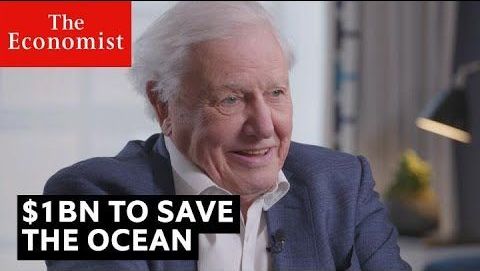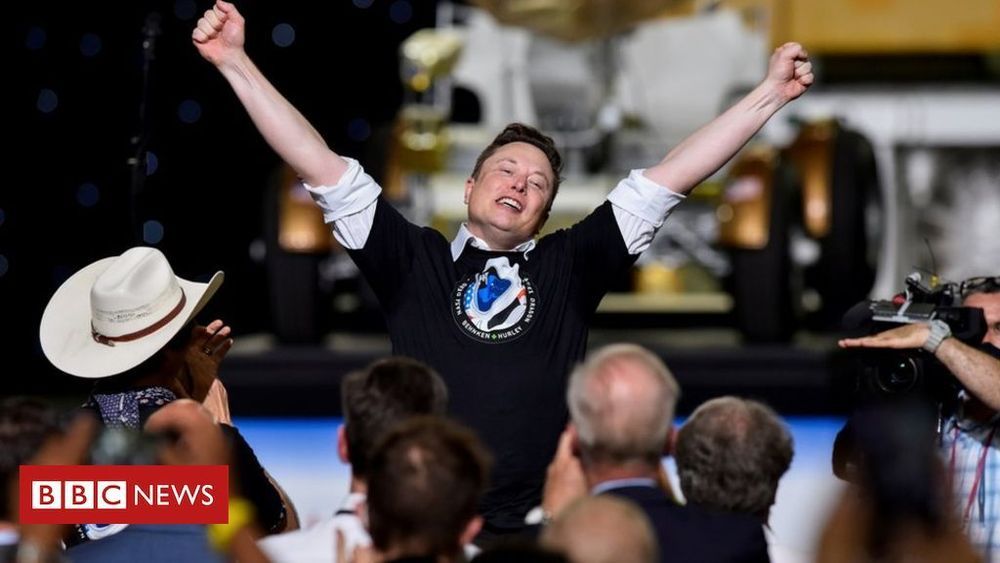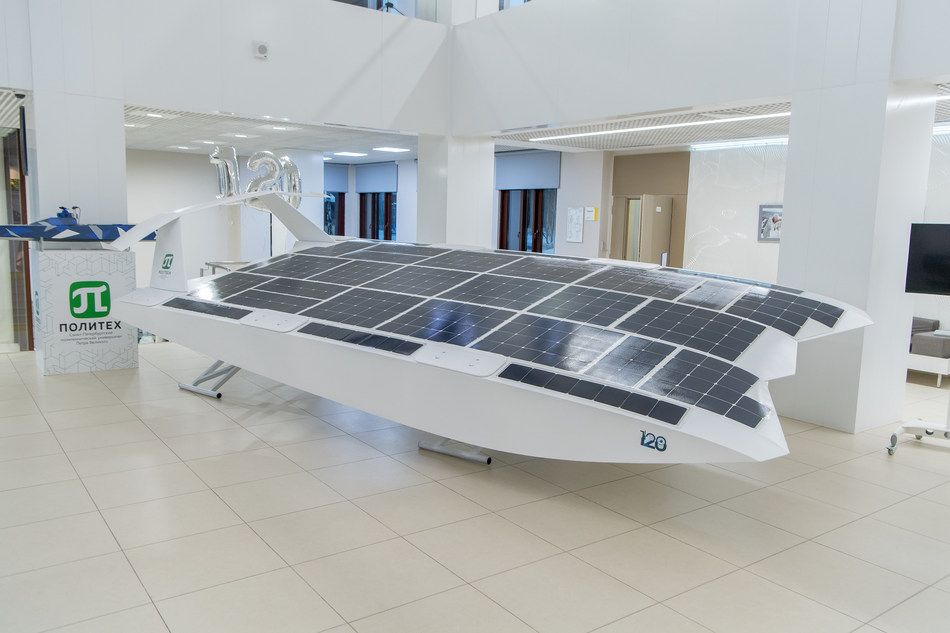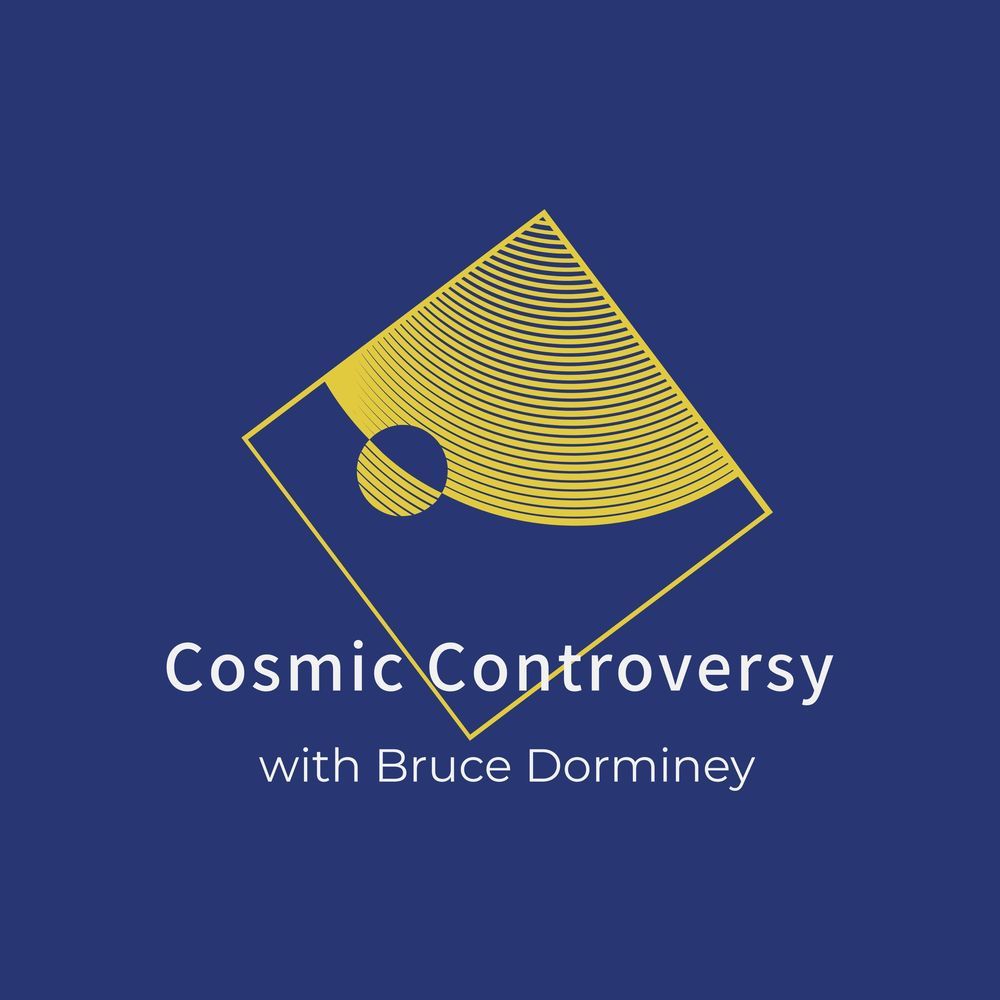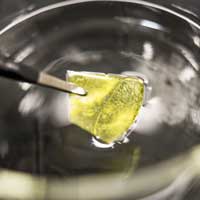We asked Sir David Attenborough and four other leading thinkers on ocean conservation how they would invest $1bn to protect the ocean. Some of their answers may surprise you. https://www.woi.economist.com/
For more from Economist Films visit: http://films.economist.com/
Check out The Economist’s full video catalogue: http://econ.st/20IehQk
Like The Economist on Facebook: https://www.facebook.com/TheEconomist/
Follow The Economist on Twitter: https://twitter.com/theeconomist
Follow us on Instagram: https://www.instagram.com/theeconomist/
Follow us on Medium: https://medium.com/@the_economist
